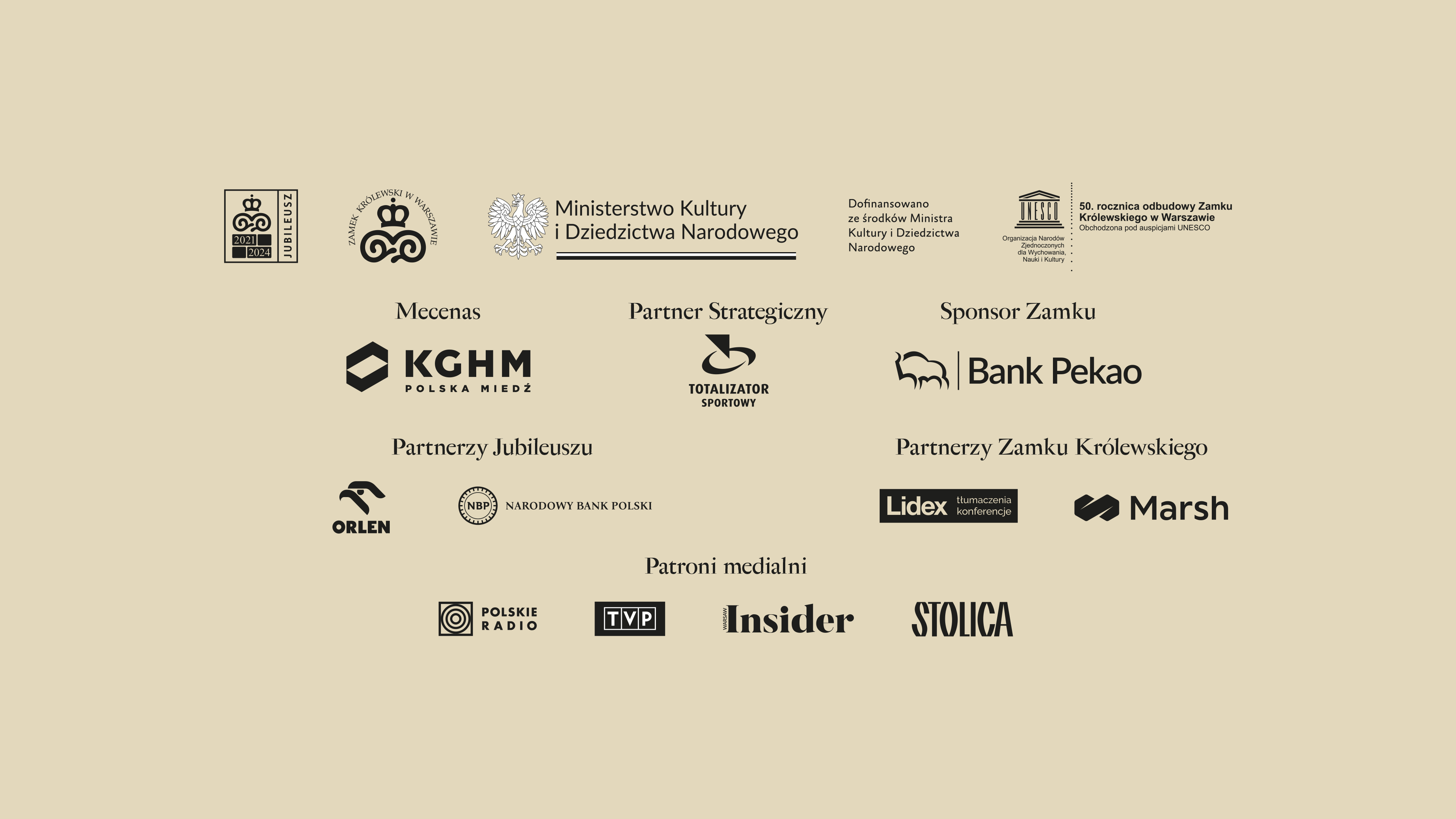Titian
Portrait of a Young Man
October 6, 2023 – January 21, 2024
Antechamber
When a previously unknown work attributed to one of the greatest artists of the Italian Renaissance leaves the seclusion of a private collection and is presented to the general public for the first time in many years, one can say of a real sensation. We invite you to admire the mysterious, sensual Portrait of a Young Man by Titian, an artist whose works can be seen very rarely in Poland.
The Portrait of a Young Man comes from the beginning of Titian's career, probably created before 1515. This well-preserved portrait, recently subjected to meticulous restoration, presents a bust of a man of about 18˗20 years of age, with long chestnut hair and a youthful moustache, wearing a black doublet (saio) and a bonnet, with his shirt creased at the neckline, looking dreamily to his right. The work shows undeniable formal similarities in certain details (e.g., the positioning of the model) with the frescoes in the Scuola del Santo, the headquarters of the Archconfraternity of St Anthony in Padua, as well as with the Portrait of a Young Man from the Frick Collection. The painting attributed to Titian, The Head of a Young Man in a Red Cap from the Städelsches Kunstinstitut in Frankfurt am Main (1516), although in a somewhat simplified tonality, also shows parallels in terms of formal solutions and the sublimity of the depiction.
The exhibited painting, probably created before 1515, is characterised by Titian’s typical “tenderness” in his brushstrokes: despite an undoubted tendency towards idealisation, the artist appears as an apologist for sensuality. He captures the softness of the skin, the redness of the lips, the subtle play of shadows on the cheek, the chin, the nape of the neck with freedom and precision. The way the lips are painted brings the work close to the Portrait of a Woman (La Schiavona) from the National Gallery in London. Not devoid of the influence of Giorgione’s work, the painting documents Titian’s attempt to convey a fleeting moment, the sitter engaging in a game with the viewer (“I see what you don’t see”). At the same time, it is characterised by a unique, captivating poetic aura, based on a special empathy, perhaps a close relationship between the sitter and the creator of the painting.
The results of the comparison of pigments ˗ as well as other materials and details of the painting technique (e.g., the absence of a sketch on the canvas) ˗ make it possible to associate the image with the workshop of Titian, the greatest master of portrait art in the modern era. An artist whose prolific, versatile and multidirectional legacy still holds many riddles. In this context, it is not surprising that Emperor Charles V himself, posing for the painter, is said to have picked up his fallen brush and addressed him: “Titian is worthy of being served by Caesar.”

